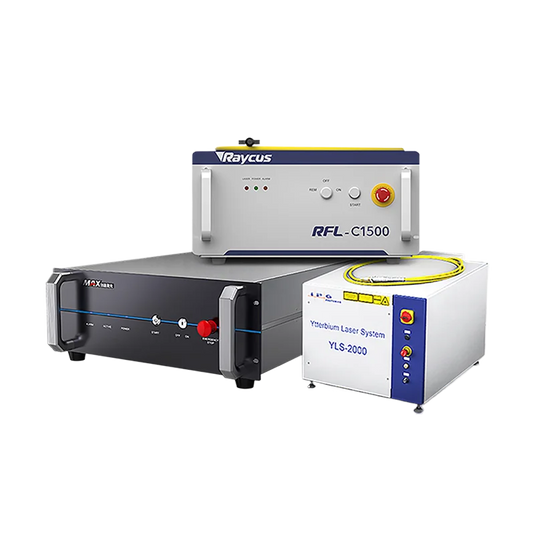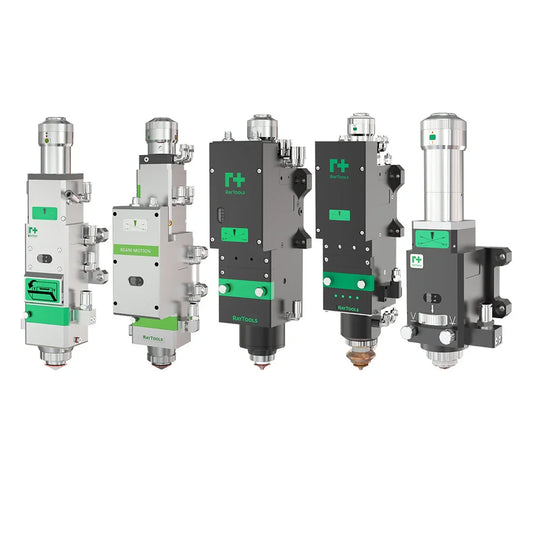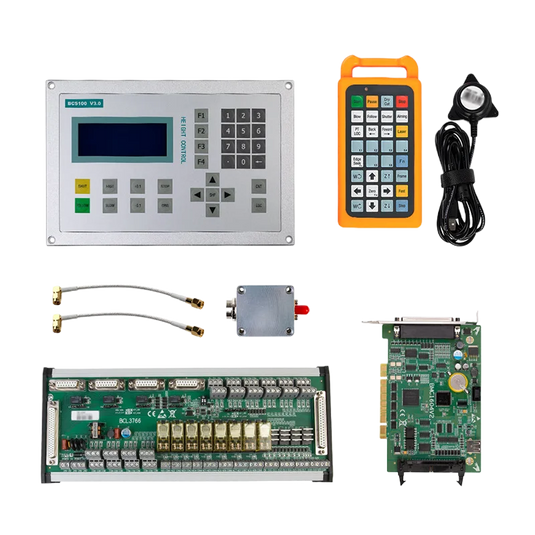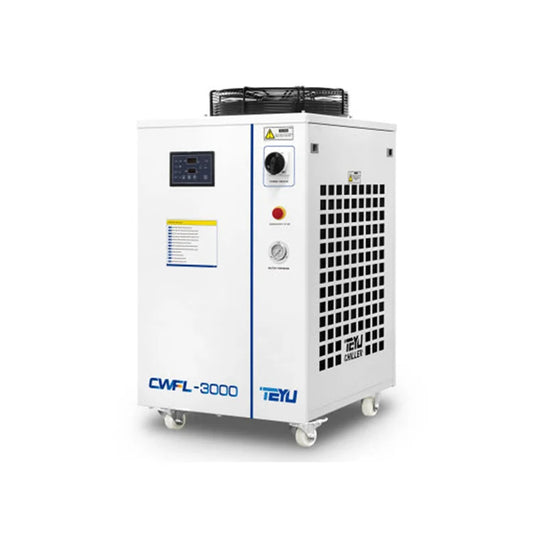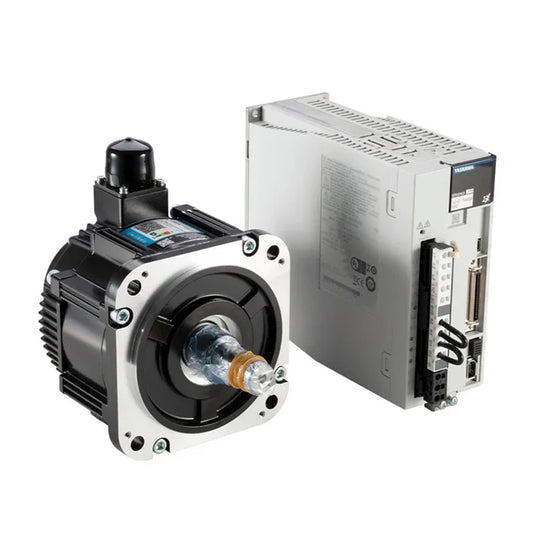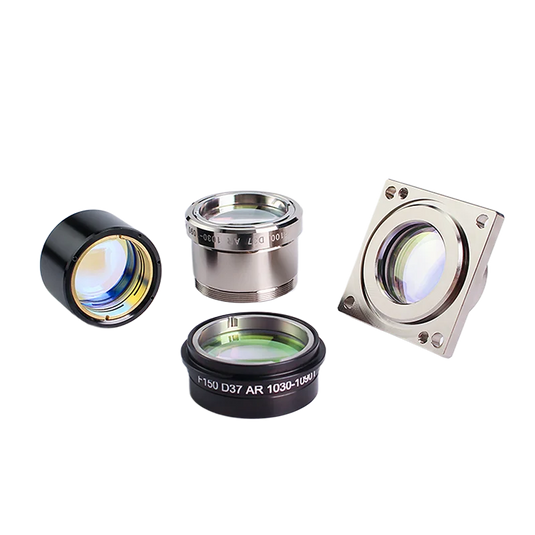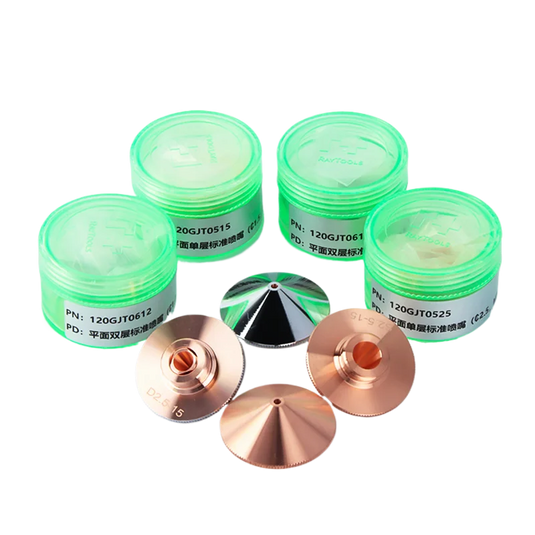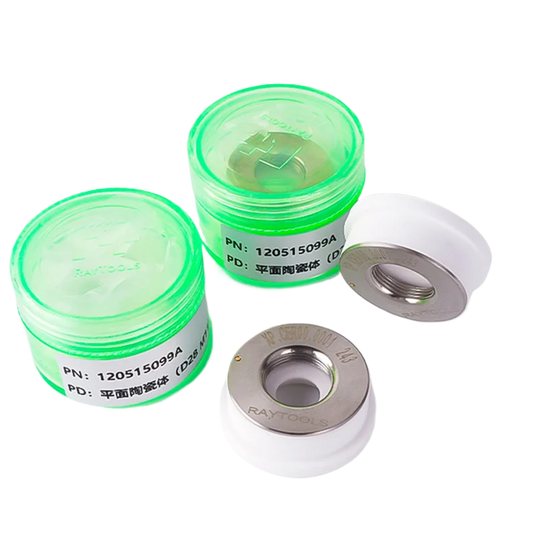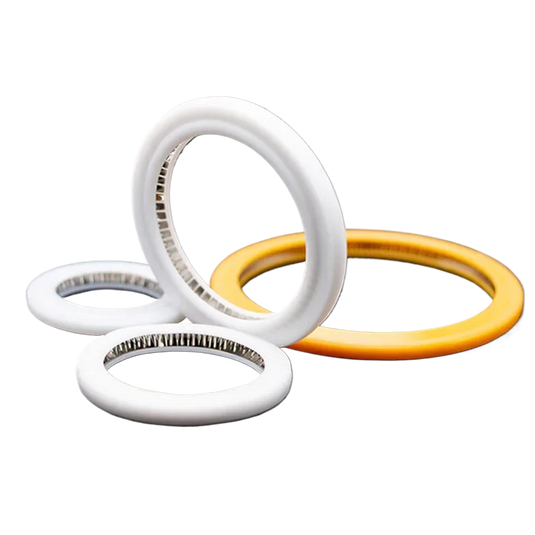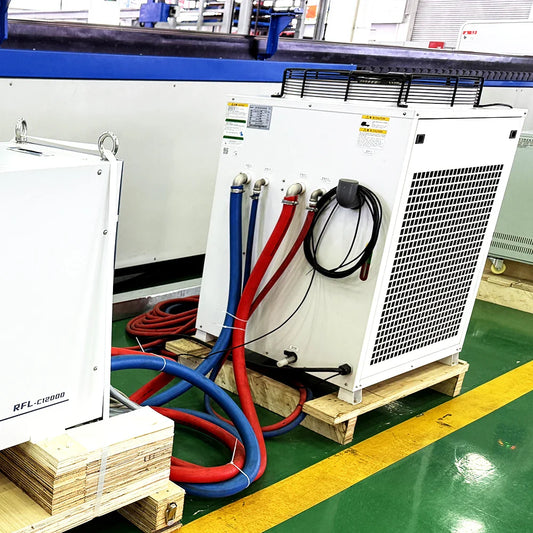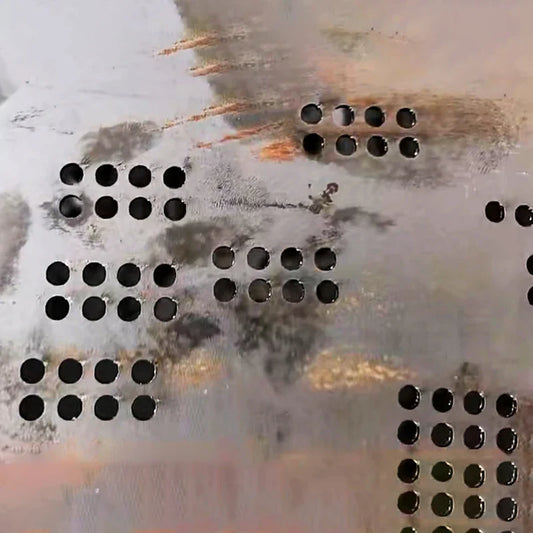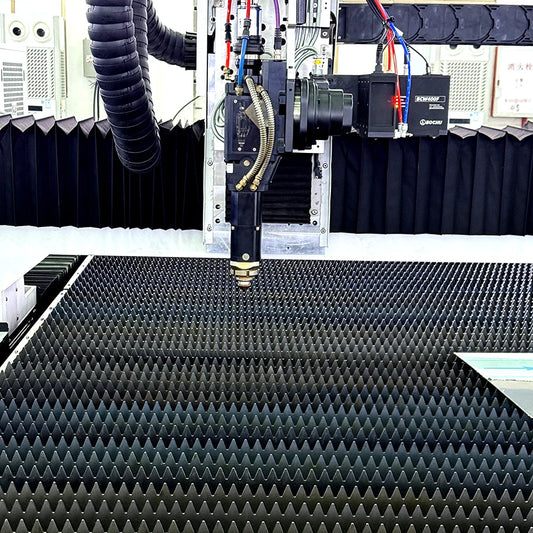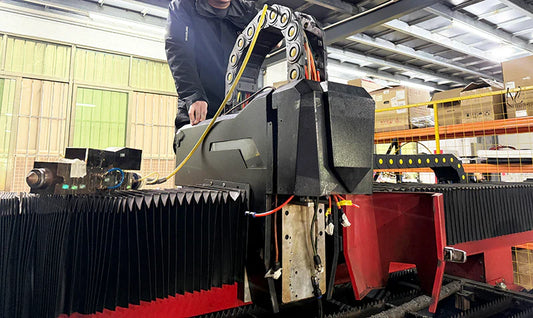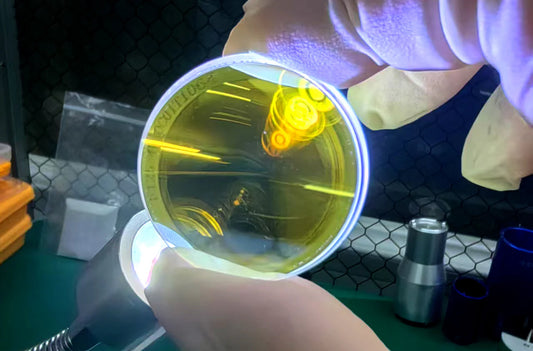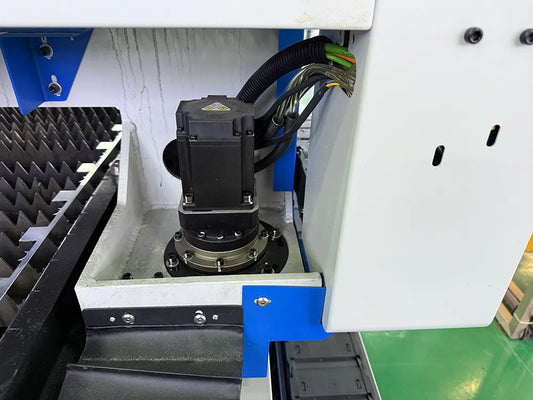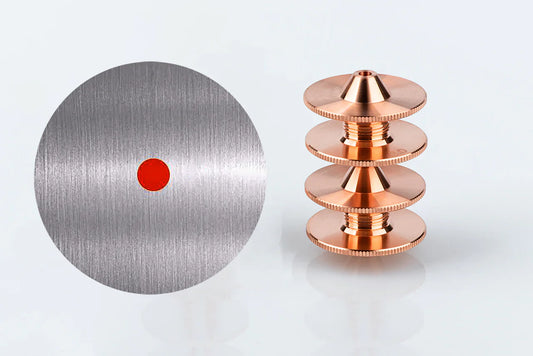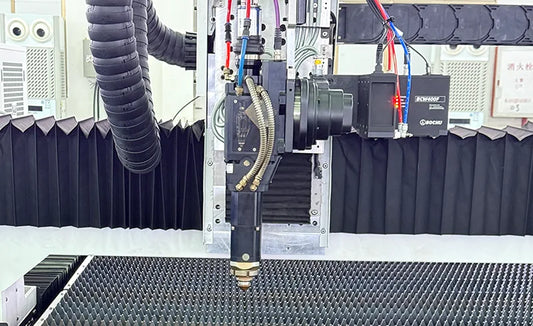10 Industries Benefits from Laser Cleaning Machines | 2025 Guide
Laser cleaning machines are truly transformative. In a time when companies require accuracy, sustainability, and operational efficacy, these advanced solutions are revolutionizing sectors in ways previously unimaginable. Laser cleaning transcends conventional abrasive techniques like sandblasting and harmful chemical treatments, providing a non-destructive, environmentally safe option characterized by exceptional adaptability. We will examine how this transformative technology is redefining eleven critical sectors, enhancing their cleanliness, safety, and sustainability for future generations.
1. Aerospace: Precision Cleaning for FAA Compliance
In the aerospace sector, safety is paramount. Each component must be immaculate, each surface impeccable. Laser cleaning devices have become the premier instrument for removing impurities such as paint, oxides, and dirt from sensitive aluminium alloys and composite materials. They accomplish this without inflicting damage on the underlying surfaces—essential when dealing with components that must comply with stringent Federal Aviation Administration (FAA) requirements.
Primary Application: Removing functioning paint layers from aircraft exteriors while maintaining structural integrity.
Case Study: Boeing included laser cleaning into their engine repair processes, reducing turnaround times by 30%. What are the results? Accelerated maintenance, reduced resource use, and a substantial enhancement in operating efficiency.
Laser cleaning not only simplifies maintenance but also enhances safety and sustainability. This technique employs automated technologies to create 3D maps of aircraft components and implement accurate cleaning trajectories, resulting in a 60% reduction in labour, the elimination of hazardous chemical waste, and the assurance of durable outcomes.

2. Automotive: Prolonging Tire Mould Durability
In car manufacturing, every second and every cent are crucial. Tire producers, especially Michelin, consistently confront the issue of mould residue—sulfur, grease, and oxides—that may result in tire flaws and expensive downtime. Enter laser cleaning.
The capability of laser technology to eliminate impurities with micron-level accuracy has transformed mould maintenance. Pendstar laser cleaning machines enable manufacturers to decrease downtime by 40% and prolong mould lifespans by as much as 30%. The outcomes are self-evident: A famous brand of tire experienced an 18% decrease in tire problems following the implementation of this technology, resulting in yearly savings of $2.5 million per production line.
Technology Insight: Adjustable pulse durations (10–200 ns) enable operators to customize energy delivery, enhancing the efficacy of rust and residue elimination.

3. Cultural Heritage: Non-Destructive Preservation of History
In the realm of cultural heritage, clarity is not only advantageous; it is imperative. Museums, conservators, and archaeologists are increasingly utilizing pulsed laser cleaners to repair invaluable artifacts without damaging their fragile materials.
Case Studies:
- Vatican Museums: Low-power lasers have enabled the removal of centuries of dirt from Renaissance-era murals without compromising the original colours.
- The British Museum: Successfully restored the Rosetta Stone, safeguarding its detailed engravings without incurring surface damage.
Pendstar's systems have tunable wavelengths (532–1064 nm), enabling successful laser cleaning on diverse materials, including stone, wood, and painted surfaces.
Laser cleaning in cultural restoration is not only about conserving the past; it is about protecting our collective heritage for future generations.

4. Energy: Efficient Management of Power Grids
The demand for clean, efficient energy is unprecedented, and preserving the integrity of power system components is essential for ensuring continuous electricity supply. Laser cleaning equipment has become an indispensable tool in this endeavour, providing a rapid, effective, and eco-friendly method for cleaning transformers, transmission lines, and other critical grid infrastructure.
Case Studies:
- Pendstar have implemented laser cleaning to save maintenance expenses by 40%, minimize grid downtime by 50%, and enhance operational safety. These technologies eliminate contaminants such as dust and oxidation without the need for equipment disassembly, conserving time and financial resources.
In the energy industry, laser cleaning is not just a tool; it is a transformative innovation.

5. Railways: Mitigating Track Corrosion
Corrosion is a persistent issue in the railway sector. Corrosion can accumulate on rails and welds, compromising the safety and dependability of entire systems. Conventional cleaning techniques may be time-consuming, arduous, and detrimental. Laser cleaning provides a method that is more rapid, efficient, and accurate.
Case Study: Usiland's partnership with Chinese railway authorities showed that laser cleaning may decrease track maintenance duration by 50%, while considerably mitigating corrosion-related incidents. This technique is safe, efficient, and effective, garnering the attention of the European Union, which now endorses laser cleaning in its Rail Safety Directive 2024.
Global Trend: Laser cleaning is emerging as a best practice for track maintenance in Europe, where environmental considerations and safety are being emphasized.

6. Additive Manufacturing (3D Printing): Post-Processing for Enhanced Surface Quality
In additive manufacturing, laser cleaning has become indispensable for refining 3D-printed metal components. After printing, parts often exhibit residual powder, oxide layers, or surface irregularities that compromise dimensional accuracy and mechanical performance. Laser cleaning addresses these challenges with unmatched precision, enabling high-value industries to meet stringent quality standards.
Primary Application:
- Powder Removal: Laser systems efficiently strip unmelted metal powders from intricate lattice structures and internal channels in aerospace turbine blades or medical implants.
- Surface Smoothing: Eliminates micro-cracks and oxidation from titanium or Inconel parts, enhancing fatigue resistance and biocompatibility.
- Pre-Coating Preparation: Cleans surfaces before thermal spray coatings, ensuring adhesion strength for critical components like rocket engine nozzles.
Case Study:
GE Additive integrated laser cleaning into its production line for LEAP engine fuel nozzles. By automating post-print cleaning, the company reduced manual polishing time by 70%, achieved Ra < 1.6 µm surface roughness, and cut material waste by 25% compared to traditional abrasive methods.
Technology Insight:
- Selective Ablation: Short-pulse lasers (nanosecond to femtosecond) target contaminants without altering the underlying microstructure, crucial for heat-sensitive alloys.
- Adaptive Optics: AI-driven systems like EOS’s LaserProFusion dynamically adjust beam parameters based on real-time surface scans, ensuring uniform cleaning across complex geometries.
Data Highlights:
- A 2024 study in Additive Manufacturing showed laser-cleaned Ti6Al4V parts achieved 20% higher tensile strength than chemically cleaned counterparts.
- Automotive 3D-printed brake calipers processed with laser systems demonstrated 15% better heat dissipation due to optimized surface integrity.
Regulatory Impact:
The ASTM F42 committee now mandates laser cleaning for aerospace-grade 3D-printed parts under its AMS7005 standard, citing repeatability and compliance with FAA fatigue life requirements.
Sustainability Advantage:
Closed-loop powder recovery systems paired with laser cleaning reduce material consumption by 30% and eliminate toxic solvents, aligning with the EU’s Circular Economy Action Plan.
Global Trend:
Leading OEMs like Siemens Energy and Stratasys are adopting hybrid machines that combine laser cleaning, quality inspection, and repair capabilities, accelerating the shift to digital-first manufacturing.
7. Marine: Removal of Rust from Ship Hulls
Rust constitutes a shipowner's predicament. Saltwater increases corrosion on ship hulls, resulting in increased drag, elevated fuel consumption, and diminished vessel longevity. Laser cleaning equipment are engineered to remove rust and biofilms off steel hulls at velocities reaching 12,000 mm/s, therefore returning vessels to optimal hydrodynamic efficiency.
Case Study: A European shipyard implementing laser hull cleaning experienced a 25% enhancement in fuel efficiency, resulting in yearly savings of $500,000 on fuel expenses.
The International Marine Organization (IMO) is now promoting laser cleaning as part of its 2025 Green Shipping Initiative, advancing the transition to more sustainable and efficient marine operations.

8. Electronics: Precision Circuit Board Maintenance
In electronics production, accuracy is paramount. Low-power lasers are a crucial instrument for cleaning circuit boards, eliminating flux residues and oxides without harming delicate components such as silicon and polymers.
Case Study: Wuhan Huagong's laser cleaning solutions, accredited by ISO 9001, provide contamination-free surfaces essential for dependable soldering and coating. A 2023 research published in the Journal of Electronic Materials revealed that laser cleaning enhanced solder junction reliability by 30%.
9. Manufacturing: Original Equipment Manufacturer Customization and Automation
Global manufacturers are using laser cleaning as a component of their transition to Industry 4.0. Laser systems are automating operations ranging from mould cleaning to weld preparation, which formerly necessitated laborious manual effort. Firms such as Pendstar provides customizable laser cleaning equipment designed for specific industrial requirements, enabling manufacturers to enhance production efficiency and save expenses.
The worldwide laser cleaning market is projected to attain $724 million by 2027, propelled by innovations in automation and tailored solutions.
Case Study: A German automotive supplier decreased manufacturing costs by 22% through the integration of laser equipment into robotic assembly lines.
10. Welding Pre- and Post-Processing
In manufacturing, welding quality is critical to product structural integrity and longevity. Laser cleaning is widely adopted for surface preparation (pre-welding) and post-weld treatment to remove oxides, oil residues, rust, and contaminants, ensuring optimal weld seam cleanliness and performance.

Primary Application:
- Automotive Manufacturing: Laser cleaning efficiently removes oxide layers and grease from aluminum alloy or steel surfaces before welding, reducing defects like porosity and cracks while enhancing joint strength.
- Aerospace: For titanium alloy welding, laser cleaning achieves micron-level precision to eliminate surface impurities, preventing performance degradation caused by contamination during welding.
- Heavy Steel Fabrication: Replacing traditional sandblasting, laser cleaning processes large steel components at speeds of 5–20 m²/h, minimizing dust pollution and improving throughput.
Case Study:
A leading automotive manufacturer integrated a 200W fiber laser system into its welding line for aluminum body panels. Results included a 30% increase in cleaning efficiency, 15% reduction in energy costs, and near-zero rejection rates due to weld defects.
Technology Insight:
- Non-Destructive Cleaning: Contactless operation preserves substrate integrity, ideal for precision components like electronic connectors.
- Eco-Friendly: Eliminates chemical solvents, aligning with green manufacturing standards (e.g., ISO 14001) for EV battery module welding.
- Automation Integration: Robotic arms equipped with laser heads enable full-process automation, achieving seamless coordination with welding systems.
Data Highlights:
- Semiconductor industry applications show laser cleaning removes sub-micron particles from wafer surfaces, improving weld yield with millisecond-level processing per unit.
- A European shipbuilder reported a 40% reduction in pre-weld preparation time for steel pipelines using laser systems.
Global Trend:
Major welding equipment providers (e.g., Fronius, Lincoln Electric) now offer hybrid solutions combining laser cleaning and welding modules, driving Industry 4.0 adoption in smart factories.
Reasons Industries Are Transitioning to Laser Cleaning
- Adherence to Environmental Regulations: Stringent regulations (e.g., ISO 14001, REACH) are eliminating chemical processes.
- Cost Efficiency: Laser cleaning provides long-term savings of 30–50% relative to conventional procedures such as sandblasting and chemicals.
- Precision: It is the ideal option for intricate geometries, particularly vital in aerospace, electronics, and automotive sectors.
- Occupational Safety: Eliminate hazardous chemicals and airborne particles.
Anticipated Trends to Monitor
- AI Integration: Intelligent systems such as Usiland’s AI-Clean Pro can autonomously identify impurities and adjust settings in real-time.
- Portable Units: Handheld equipment such as the PC200 facilitate fieldwork in distant mining and offshore locations.
- Hybrid Machines: Laser systems are advancing toward tri-functional solutions that include cleaning, etching, and inspection.
Final Assessment
Laser cleaning transcends mere functionality; it represents a paradigm shift. This technology is crucial to industrial progress, encompassing the preservation of historical relics and the enhancement of production processes to be cleaner and safer. With innovators such as Usiland, Farley Laserlab, and Wuhan Huagong in the forefront, the prospects for laser cleaning are promising. Industries must adopt a new age characterized by cleaner, safer, and more efficient operations. The inquiry is not about the adoption of laser cleaning, but rather the speed at which we may transition to a more environmentally friendly future.

